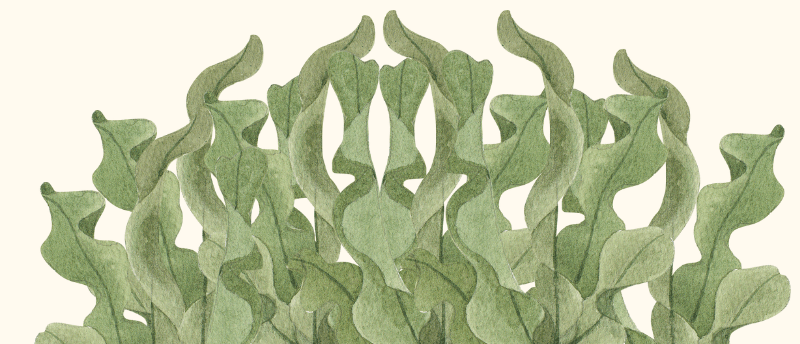The neuroprotective effect of seaweed polyphenols

A new study demonstrates the potential for chemicals found in a species of seaweed to protect neuronal cells against Parkinson’s disease.
Researchers from the Osaka Metropolitan University’s Graduate School of Human Life and Ecology (Japan) have published a new study on how polyphenols isolated from Ecklonia cava, a brown algae seaweed, can have a preventative effect against the mechanisms underpinning oxygen-stress relating to Parkinson’s disease (PD), via the activation of an endogenous antioxidative pathway. The authors probed their hypothesis with both in vitro and in vivo experimental techniques.
PD is a neurodegenerative disorder that is predicted to affect 14.2 million people globally by 2040. PD is caused by the loss of neurons in the brain that release the neurotransmitter dopamine and manifests in a variety of symptoms, loosely categorized into motor (such as tremors, slowness of movements and loss of balance) and non-motor (cognitive impairment, behavioral changes and depression, amongst others). The cause of this dopaminergic neuronal death remains unclear; however, a myriad of factors is believed to contribute to the disease, including genetics, the build-up of the protein α-synuclein, dysfunction of the mitochondria, neuroinflammation and oxidative stress.
Oxidative stress is the damage caused to cellular structures, including DNA, proteins and lipids by the intracellular generation of reactive oxygen species (ROS). ROS are oxygen-rich free radicals, highly unstable molecules that readily attack electron-rich compounds. ROS species are natural byproducts of biological processes, and their increased production is caused by the dysregulation of a given process. The effects of oxidative stress are mitigated by both endogenous and exogenous antioxidant molecules.
Polyphenols are a family of large organic compounds, abundant in plants, which are popular candidates in pharmaceutical research, often stemming from their use in traditional medicine. Their utility as antioxidants is evident from their chemical structure: polyphenols are large organic compounds with extensive conjugated systems, which are networks of interconnected double bonds, allowing the spread of delocalized electrons across the whole molecule. This phenomenon also causes the vibrant colors associated with polyphenols, leading to their use as dyes.

New ultrasensitive screens for Parkinson’s disease
David Welt reveals a new alpha-synuclein assay approach that could fast track the diagnosis of Parkinson’s disease and allow researchers to catch the condition at an earlier stage when more can be done to delay its progression.
Building on previous research, the team used a commercially available polyphenol extract from Ecklonia cava and first assayed using in vitro techniques. Human neuroblastoma cell lines were used for the experiments, as they are the most used cell lines in PD research. Cell viability, intracellular ROS levels, gene expression, the activity of the antioxidant enzyme NQO1 and the expression of Nrf2, a nuclear factor involved in inducing adaptive responses to oxidative stress, were assayed to indicate the effect of Ecklonia cava polyphenols (ECP) on the cell lines. PD was mimicked by the pesticide rotenone, known to cause motor and gastrointestinal dysfunction.
These studies garnered encouraging results. ECP-treated cell lines demonstrated higher activity of the NQO1 enzyme, a higher translocation of Nrf2 and a greater cell viability. The results indicated that the enzyme AMPK, activated via the Nrf2-antioxidant response element pathway, was central to the mechanism of action of ECP.
The team then utilized ECP in an in vivo mouse model, running several experiments on mice fed with rotenone to mimic PD neurodegeneration. The team investigated both the motor and non-motor symptoms of PD in the mice. Motor symptoms were assessed using the pole and wire-hang tests. The results demonstrated a reversal of rotenone-induced motor dysfunction for mice co-fed ECP. ECP also demonstrated ability to reverse the gastrointestinal dysfunction associated with rotenone and PD.
Summarizing the study, lead author Akiko Kojima-Yuasa commented, “The study suggests that Ecklonia cava antioxidants may reduce neuronal damage by AMPK activation and inhibiting intracellular reactive oxygen species production. It is hoped that Ecklonia cava will be an effective ingredient in the prevention of PD”.





